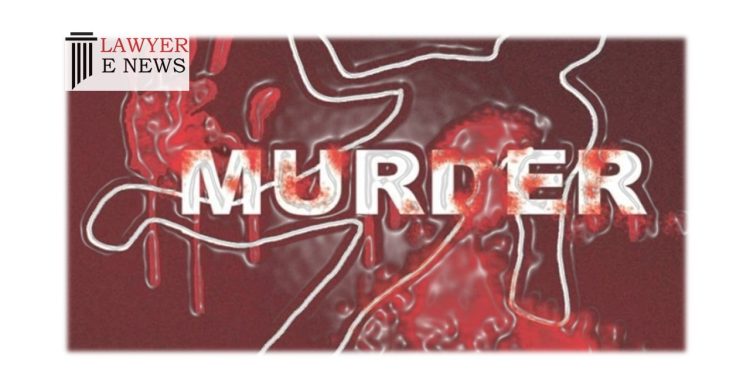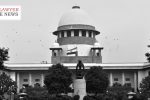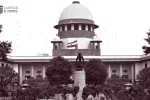Supreme Court overturns murder conviction for lack of evidence and witness inconsistencies.

Supreme Court observed in the recent Judgement (JABIR & ORS. Vs THE STATE OF UTTARAKHAND D.D 17Jan 2023 ) that Criminal jurisprudence requires the prosecution to prove each circumstance beyond reasonable doubt in circumstantial evidence cases. The prosecution must prove a chain of circumstances that lead to the conclusion that the crime was committed by the accused, to the exclusion of all other possibilities.
Brief facts – Haseen, a 7-year-old, went missing on 08.10.1999 and his dead body was found two days later in a sugarcane field in a different village.The father of the deceased (PW-1) filed a report under Section 156(3) Cr. PC on 19.11.1999, and an FIR was recorded on 21.11.1999. PW-1 stated that he had witnessed some individuals taking his son into their house.
After investigations, the police filed a final report alleging that the accused were guilty and charged them with offences. The prosecution relied on the testimony of 12 witnesses while the defence did not examine any witness.
The appellants were convicted under Sections 302 of IPC and sentenced to life imprisonment as well as 7 years under Section 364, IPC and imprisonment for 5 years under Section 201, IPC. Their conviction and sentence was upheld by the Uttarakhand High Court.
Appellants Contention – Aggrieved appellants approached the Supreme Court and argued that the conviction and sentence imposed in the case is unsustainable due to the delay in filing the FIR and lack of explanation for the delay. Discrepancy in the testimonies of witnesses is pointed out, particularly regarding the timing of voicing suspicion about the accused. Prosecution witnesses are deemed untrustworthy as they were added as after thoughts and were introduced to implicate the first two appellants. Witnesses PW-4 and PW-5 are considered unreliable as their police statements were recorded much after the incident. The “last seen” theory is argued to be an afterthought and concocted, with witnesses keeping silent for 2 days before informing the deceased’s father. The prosecution witnesses are all from the same family and have a motive to falsely implicate the appellants as the father of the appellants had lodged an FIR against PW-2, Phurkan and Shamshad in 1996.The deposition of PW-7 Mansab contradicts the prosecution’s version as he states that Munfaid, Sayeed, and Murad Ali were present at the time of inquest and would have disclosed the deceased’s presence with the accused if they saw it. This discredits the prosecution’s version and calls into question the credibility of the witnesses.
Supreme Court observed that the concurrent conviction of the three appellants is based solely on the “last seen” theory, there are discrepancies and unnatural behaviors in the testimonies of PW-4 and PW-5, which render their testimonies unreliable. The delay in recording the FIR, which is 42 days, is also an issue.
Criminal jurisprudence requires the prosecution to prove each circumstance beyond reasonable doubt in circumstantial evidence cases. The prosecution must prove a chain of circumstances that lead to the conclusion that the crime was committed by the accused, to the exclusion of all other possibilities.
The five golden principles of proof in a case based on circumstantial evidence are:
- All circumstances must be fully established.
- The facts must be consistent only with the guilt of the accused.
- The circumstances must be conclusive in nature.
- The circumstances must exclude every other possibility except guilt.
- The chain of evidence must be complete and leave no room for innocence.
The court must adhere to these principles in order to arrive at a sound conviction.
Supreme Court held that the prosecution has failed to prove its case due to serious flaws in the testimonies of the witnesses, lack of evidence connecting the accused to the crime, and unnatural conduct of witnesses. The “last seen” doctrine has limited application and cannot be used as the sole basis for conviction. The case relies heavily on the “last seen” theory and there is no other evidence to support the conviction of the accused appellants.
Further held that there are serious inconsistencies in the depositions of the witnesses and the FIR was lodged almost 6 weeks after the incident. The time gap between the deceased being seen with the accused and the probable time of death is not narrow. Relying solely on the “last seen” circumstance to convict the accused appellants is not justified.
Appeal Allowed. Conviction Set aside.
JABIR & ORS.
VS
THE STATE OF UTTARAKHAND





